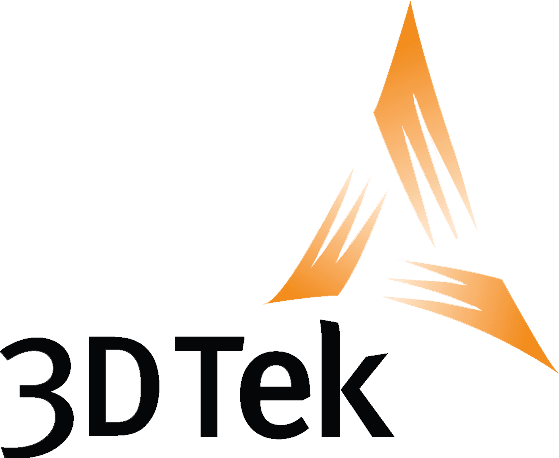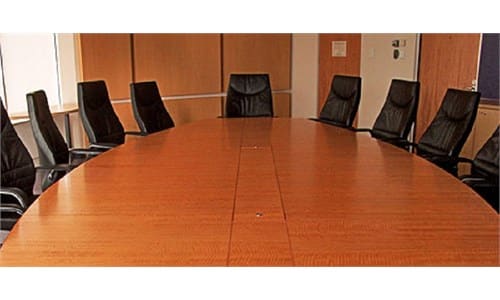So You Want a Seat on the Board?
Part 2 of the 3-part series
Now that you have the big picture it’s time to get down to business. In this segment we’re going to look at the other side of the table – the side you want to wind up on! How does the board function? What is the selection process? What do they look for in a prospective final candidate? These questions, along with other insights, will help you achieve your goal of attaining a board seat.
How Does a Board Function?
In order to understand how a board functions you must first know how it is structured. When a board is being formed, a search is made for the most qualified individuals. They’re not always executives of the company; often they’re partners or experts in fields in which the board needs expertise. It’s critical that those forming the board consider people who will invest time and sometimes money (often a factor with non-profits), people who have a positive, motivating energy, and often who have board experience at similar organizations who can truly make a difference and see the board’s vision. Remember the saying, “Business only functions as well as its staff.” Since the board is at the very top and calling the shots even for the CEO, it’s imperative that the board members are not only a good fit for the company but also with each other. A board needs to not just be diverse, but to be made up of people who can function as a team from Day One.
The Board’s Other Considerations
Not only does a candidate need to fit with the board like complimentary interlocking puzzle pieces, they must also fulfill other attributes and considerations. Boards have high expectations, so take the time to assess your abilities and attributes to make sure they can fill the sometimes lofty needs
- A candidate needs to be able to effectively represent the organization without disputes over their loyalty to the organization’s interests. In other words, are there any non-competes in place? Has the candidate served or is currently serving on other boards? Is there any conflict? Has a candidate worked with any organizations that go against what the board stands for? These are things you need to consider, so be sure to review your professional career before going to the interview.
- You will generally be urged to interact with organizations, prospective clients, and existing clients; sometimes individually, and sometimes collaboratively, in a way that gauges your ethics, communication skills, and how much of a team player you are. Be sure that you make display these attributes in your resume, and make such eye catching attributes known in your application, as well as your interview.
Something else you need to consider is the difference between existing and new organizations. As you would expect, existing organizations already have their ducks in a row, know what they want, and have their expectations set. New organizations may be improperly structured, or not structured at all. Make sure you know the difference and consider what type of board you want to get involved with.
Roles and Responsibilities of the Board
If you’ve never served on a board you may not fully realize the key role board members play in an organization. They have a lot of responsibility, which only increases with the size of the company. Below is a list that was prepared in a PDF, “Leadership Skills for Board Members” by the professionals at Social Entrepreneurs, Inc..
Determine the Organization’s Mission and Purposes
The organization’s mission serves as the foundation upon which all else is built. Both the
mission and purpose of the organization need to be reviewed regularly and revised as
needed for alignment as the organization grows and changes over time. This is important
because the organization’s policy decisions, programs and services should align with, and
reflect the mission. Another aspect of this role is for the board to adopt and follow effective
decision making guidelines.
Engage in Strategic Planning
While volunteers and other community stakeholders may participate in the process of
planning, it is ultimately the board’s responsibility to establish the direction and major goals
of the organization. Formal planning is generally done every three to five years so that
changes in the environment can be incorporated into the plan. The board identifies the key
indicators of progress which will then be used to implement / guide programs and activities
of the organization. CVTA’s strategic plan is in effective from 2009-2018 and should be
reviewed, assessed and updated by the board to keep it current.
Approve and Monitor Organization’s Programs
The board must decide which programs will most effectively support the mission and then
monitor those programs’ progress toward achieving the organization’s goals. The board then
reviews evaluation of effectiveness and quality through indicators, observation, consumers
input, or third party assessments.
Ensure Adequate Resources
Providing adequate resources is first and foremost a board responsibility. Board members
develop the fundraising strategy and assist in implementation, although, the community and
volunteers may be involved. Ensuring adequate resources is one measure of the board’s
capabilities, commitment and influence. CVTA board members should define the financial
and human resources necessary for the organization to be successful and ensure those
resources are available.
Ensure Effective Fiscal Oversight/Ensure Sound Risk Management Policies
The board is responsible for ensuring that income is managed and invested wisely and that
budget guidelines and an annual operating budget is adopted and used as management
tools. Additionally, on an annual basis, the board must review and discuss the annual audit
and make sure that the types and levels of insurance are appropriate and adequate.
Enhance the Organization’s Public Image
The board serves as the link between volunteers and members, and stakeholders of the
organization. They are the organization’s ambassadors, advocates and community
representatives. The board is responsible for establishing an ambitious, effective public
relations program and also determining who should be organization’s spokesperson.
Carefully Select and Orient New Board Members
Organizations need boards comprised of community members who can effectively govern
and uphold their fiduciary responsibilities. Boards must be diverse in terms of their
knowledge, community representation, and expertise. It is the board’s job to make its needs
and service expectations known to its current and prospective members, and to orient board
members to one another and the organization. Boards are also responsible for assessing
their collective as well as individual performance.
Organize Itself so that the Board Operates Efficiently
Effective organization structure allows time to be used for important discussion and decision
making. The board is responsible for creating a structure that provides accountability and
flexibility, allows the board to achieve results, and provides Information needed in a timely
manner so members can come to meetings prepared to make decisions and accomplish
their objectives.
Two other responsibilities, which don’t currently apply to CVTA include:
Select and Support the Chief Executive and Review Performance
It is the board’s responsibility to provide appropriate support and guidance to the chief
executive officer or executive director. By conducting regular evaluation tied to the
organization’s goals and desired outcomes, the board can impact the development and
effectiveness of the organization.
Understand the Relationship Between Board and Staff
The responsibilities of board and staff are different, based on the type of board. “Working
boards” that are hands-on service providers or fulfill administrative functions have different
relationships with staff than do “policy boards” that have very clear lines of distinction
between board and staff. However the organization’s board is structured, it is the board’s
responsibility to ensure the roles of board and staff are clear and understood by board and staff.
(Cited directly from – http://alliancefornevadanonprofits.com/wp-content/uploads/2012/01/Leadership-Skills-for-Board-Members-CVTA-Module-1-Final.pdf )
Now that you know how a board functions and how it’s structured, you should have a good idea of what a board will be looking for in a candidate. Knowing what kind of environment you’ll be stepping into will help when doing your research and preparing yourself for the interview.
In the final part of this series we’ll discuss what you need to know to impress board members – what will get you noticed, make an impression, and potentially make you the newest board member.
Author: 3D Tek Executive Team
Research cited from the following:









